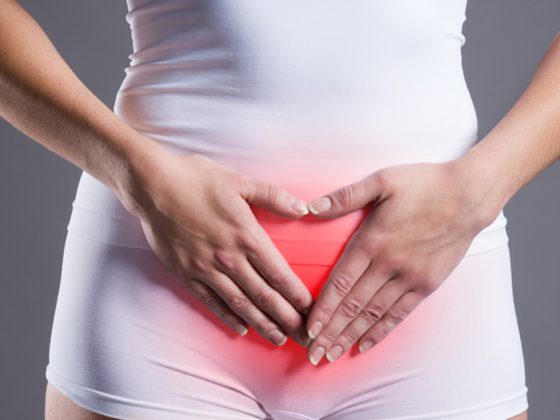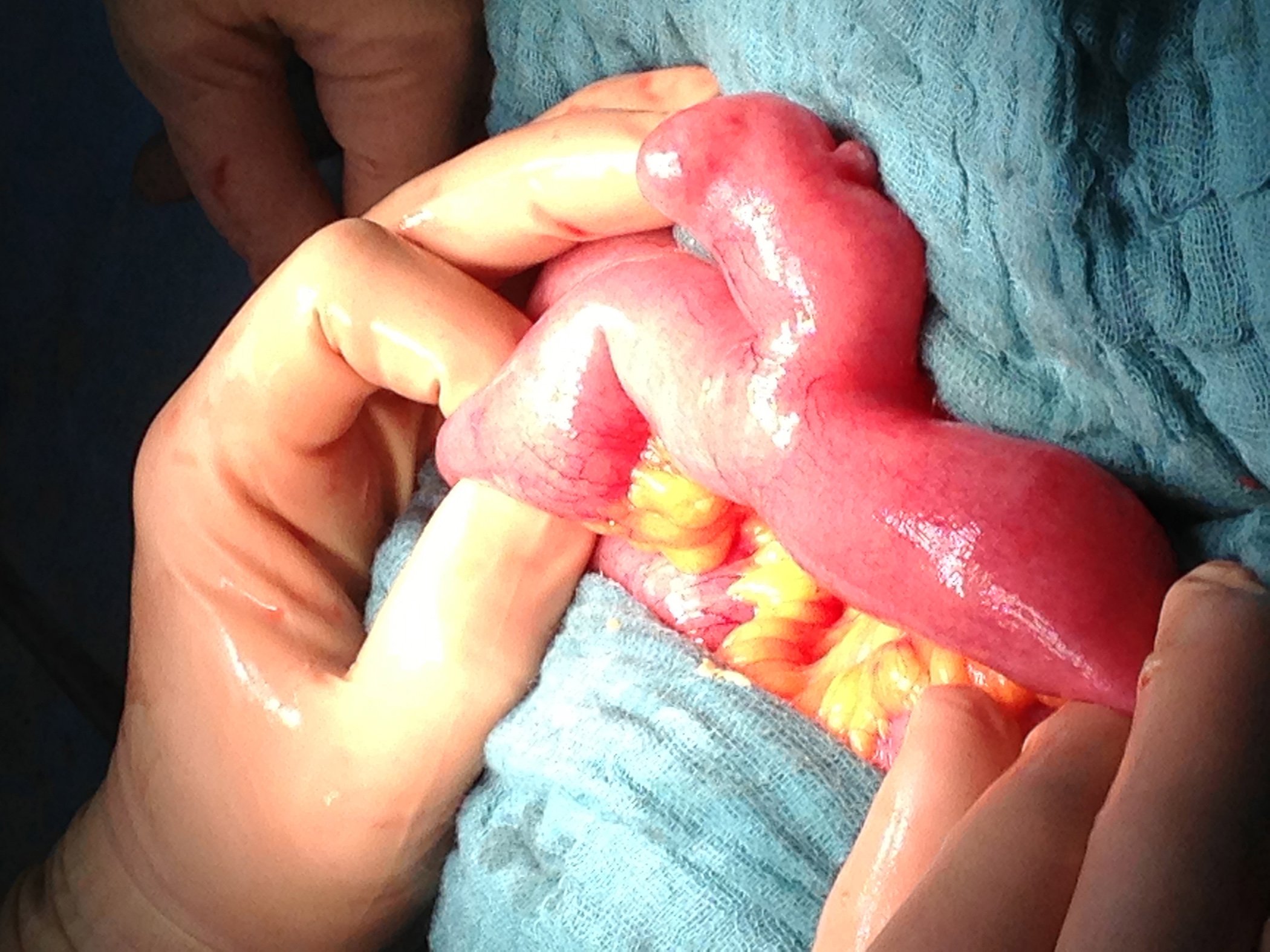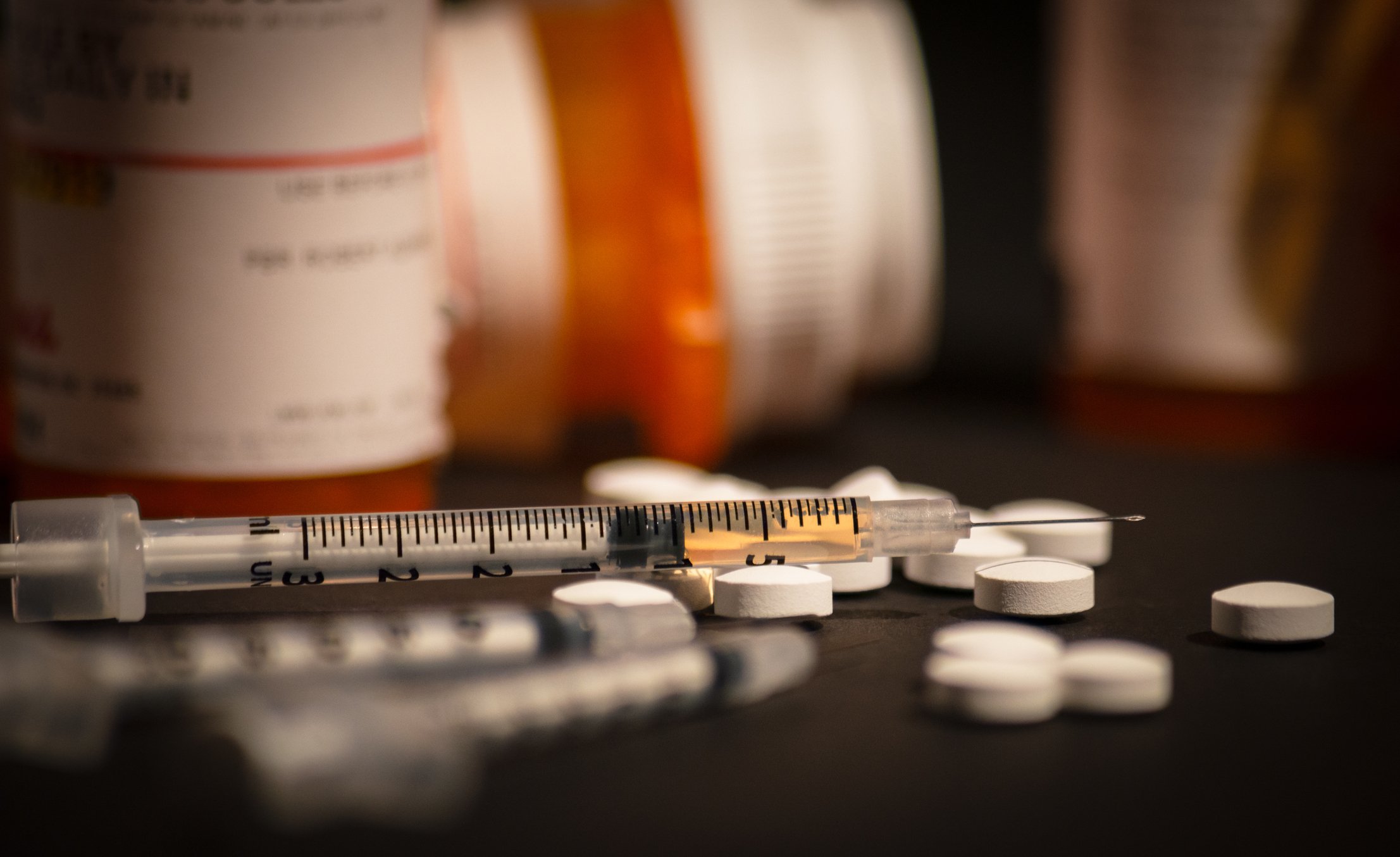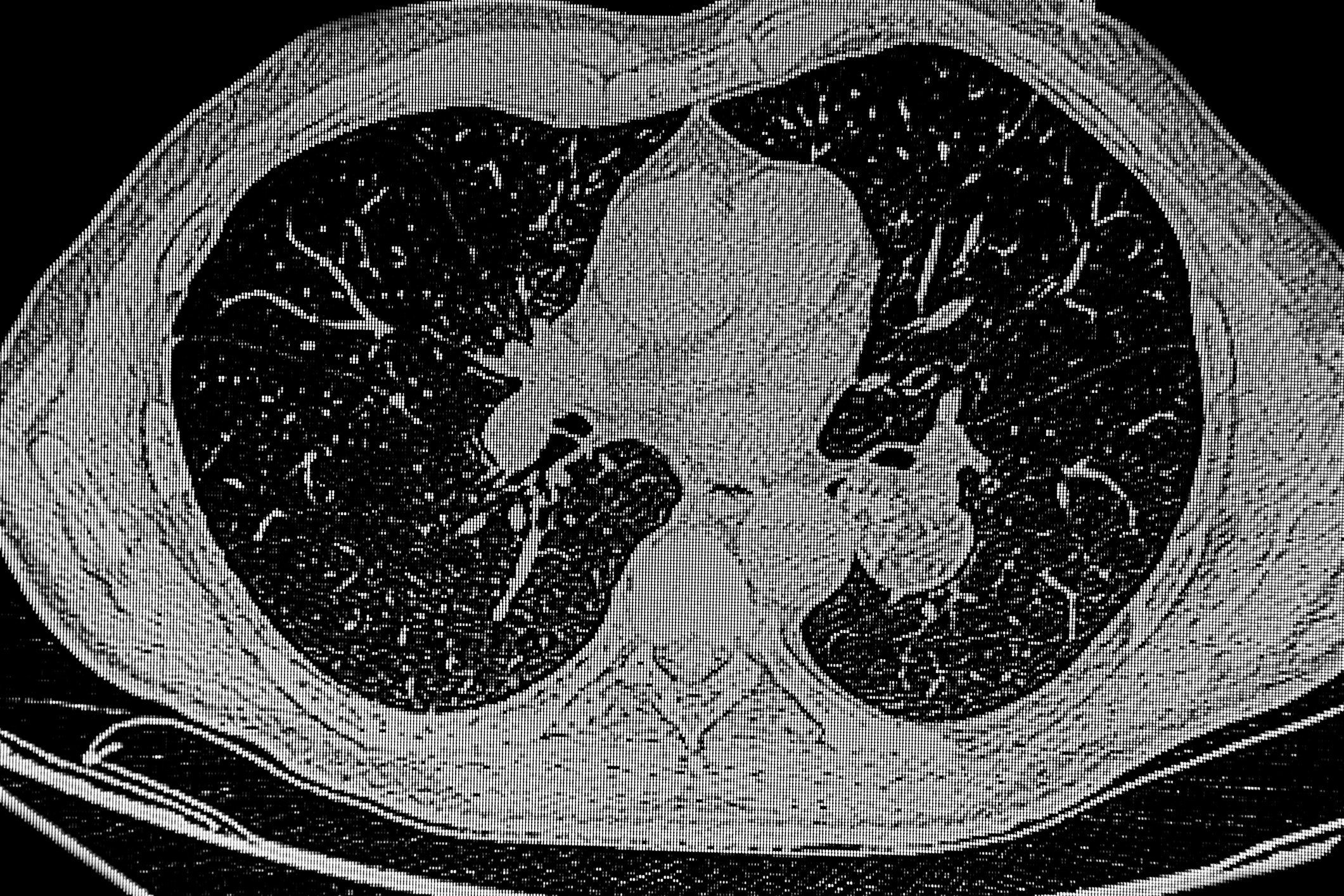Although blanket routine vaccination of all breastfeeding women is not currently recommended, the potential benefits outweigh safety concerns in breastfeeding women at increased risk for COVID-19. The German Society for Perinatal Medicine (DGPM) and the German Society for Gynecology and Obstetrics (DGGG), in collaboration with the National Breastfeeding Commission (NSK), point this out.
Based on current knowledge, there is no increased risk to the nursing woman or infant associated with the administration of non-live vaccines during breastfeeding. However, no data are currently available on the use of mRNA vaccines during lactation, such as the effect on the breastfed infant or breast milk production/secretion.
A general routine vaccination of all breastfeeding women is currently not recommended by the majority of professional societies, also on the basis of the currently limited vaccine resources. However, the Standing Committee on Vaccination (STIKO) considers it unlikely that vaccinating the mother during breastfeeding poses a risk to the infant. The Society for Maternal Fetal Medicine (SMFM) also sees no reason to believe that the vaccine poses a safety risk to the mother and/or infant during the breastfeeding period. A biologically traceable mechanism that could cause harm is not currently known. At this time, however, there are no conclusive studies on the transfer of vaccine components into breast milk. A general routine vaccination of all breastfeeding women is currently not recommended by the majority of professional societies, also on the basis of the currently limited vaccine resources.
Protection against SARS-CoV-2 infection for breastfeeding women can be assumed with the same high degree of vaccine efficacy as shown in previous studies for nonbreastfeeding women, although detailed data are lacking. Particularly in the presence of personal risks for severe COVID-19 due to comorbidities or exposure, such as preexisting cardiovascular disease, chronic lung disease, autoimmune disease, and a compromised immune system, as well as diabetes, hypertension, and obesity, the potential benefits of vaccination clearly outweigh theoretical concerns about vaccine safety.
There are anecdotal reports of severe or critical COVID-19 cases in infants younger than 12 months, although infants per se are not more likely to be infected and infections are often asymptomatic or mild. However, immunization of the mother can minimize the risk of fetal infection. Antibodies formed by vaccination-immunization represent a potential protection against infection for the infant after secretion into the mother’s milk. Virus-specific IgA, IgM, and IgG antibodies to SARS-CoV-2 have been detected in breast milk from women with active or recent SARS-CoV-2 infection during pregnancy. Neutralizing antibodies after infection or vaccination represent the best humoral immune correlate for protection against infection at this time. Although firm data are pending, protective immunity transmitted through breast milk may represent a passive prevention strategy to protect the infant.
Therefore, counseling and education should present the (potential) benefits of vaccination for both mother and infant and allow for participatory decision making The developmental and health benefits of breastfeeding should be considered along with the woman’s clinical need for immunization against COVID-19 (depending on risk factors for SARS-CoV-2 infection/severe COVID-19), and the lack of safety data for the vaccine in breastfeeding women should be informed. If there is an increased need for safety on the part of the breastfeeding woman, an individualized determination of a breastfeeding-free period of one to three days after vaccination may be considered. However, international recommendations here see no need for delaying initiation of breastfeeding, interruption of breastfeeding, or weaning after vaccination.CONCLUSION: The potential benefits of vaccination clearly outweigh theoretical concerns about vaccine safety in breastfeeding women at increased risk for COVID-19.
Source: German Society for Gynecology and Obstetrics











